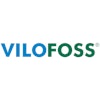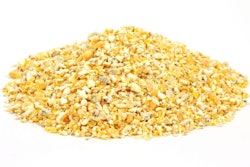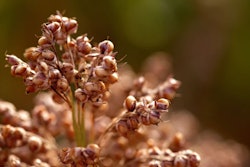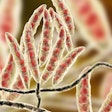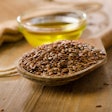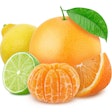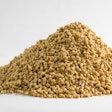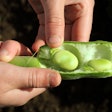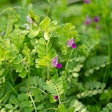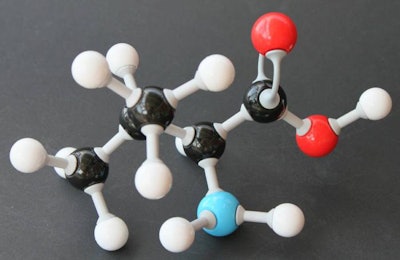
Valine exists as a feed-grade free amino acid and is one of the 10 essential amino acids for pigs and poultry
Valine is one of the 10 essential amino acids in feeds for pigs and poultry. In fact, it is fifth in order of limitation in a typical corn-soy diet. That means as we lower crude protein by removing soybean meal and adding corn, valine will become limiting after lysine, methionine, threonine and tryptophan. By limiting, we mean that the absence of sufficient quantities of a specific amino acid to meet requirements will simply stop growth to the point it covers such needs.
Valine exists as a feed-grade free amino acid, but it is neither inexpensive nor available everywhere. On the other hand, one might argue quite reasonably why we need to go so low in soybean meal inclusion levels to need such extra free amino acids as valine, but this is a discussion that needs further analysis. Here, we will discuss the case where we cannot or do not want to include enough soybean meal in a feed formula to cover dietary specifications. Reasons abound, and an example could be the lack of non-GMO soybeans as requested by some customers for specific niche markets or logistics problems that reduce local availability of normal soybean meal at some locations – especially today with too many global crises piling one on top of another.
So, in such cases, where we do not want to use feed-grade valine or use more soybean meal, one has to look for ingredients rich in valine. The ratio of valine to lysine (ideal protein profile) for piglets and broilers is close to 70% and, in these two species and ages, we will need the most lysine and hence by analogy the most valine. The exact values might differ among nutritionists, but that does not deflect our discussion as, at any case, valine-rich ingredients will be needed. For reference, corn and soybean contain about 0.40% and 2.10% total valine, respectively – ignoring for now digestibility values. Thus, for reference only, a diet with 60% corn and 30% soybean meal contains about 18% crude protein, 1% lysine, and 0.9% valine. In such case, no extra valine is needed.
Among available raw materials rich in valine, animal blood contains the most, with cells containing 8.5% and plasma slightly less than 5%. Casein, fish meal and feather meal are also rich in valine, but digestibility can be quite disparate among these ingredients. Among plant-based raw materials, it is only potato protein concentrate that contains appreciable amounts of valine much higher than those in soybean meal, namely close to 5%. As it happens, all of the above raw materials are more expensive than soybean meal, questioning the need to go very low in crude protein in diets that offer little associated benefits to animals, with a few notable exceptions (weaned piglets, newly hatched broilers, pre-weaned calves).
In the end, first we must re-evaluate the protein maximum limits we place in feed formulation and re-justify it if needed. Times change and we should not abide by norms that may make little sense in modern times. Once this is done, and there is no other restriction in raw material limits, then the least expensive source of valine will be picked by the competent least-cost formulation software – always, under the supervision of a qualified nutritionist.

